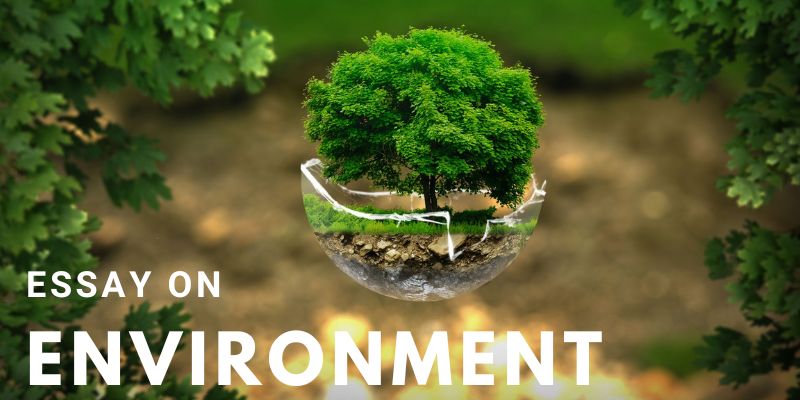The environment around human beings is a vital part of our lives if our environment is healthy that means we will be able to live a healthy life too. On the other hand, if we are making our own environment polluted that is going to hurt our future and the future of our upcoming generations also. Anthropocene is called as the biggest change in the history of human beings, these changes are mainly caused by the advancement and the shared world. This interconnectedness through satellites, the internet is demanding a lot of change and hence our environment is bearing all the risks. The ripple effect is caused by the architecture that we are building to connect humans, these can be buildings, factories, mega plazas or industries. In the final crisis of 2008, it was realised the same that because of the financial crisis in the U.S, the food prices in Africa elevated and the land grabs have also been increased in South America.
The intergovernmental panel concerned to the climate change has also provided a thorough report to minimize various environmental risks. On the other hand, the environmental problems like; water shortage or water pollution and extreme weather have been assessed as one of the main obstacles that have to be negotiated. Finance and technology are one of the main topics that are discussed by researchers, these topics have prominent value but still, these topics do not relate to the relationship between humans and their environmental friendliness. Humans interaction with space and time, the sustainability of nature are one of those topics that have to be widely discussed. This is the matter of life and death for the humans because they have to provide a good environment for their future generations so that they can carry on a similar process for centuries to come.
Anthropocene risk has three main factors, exposure, vulnerability and hazard. The exposure indicates the need to change the foci of the risk since the change is happening because of social and ecological connectivity. Risk prediction basis has to be changed as indicated by the section of vulnerability. And last but not least, the basis of the hazard has to be changed. It is noted that in African countries, specifically east Africa, the increased rainfall is because of the Indian irrigation. Now, if Indians choose a more sustainable way, they have to trade-off with various other countries, and those other countries might have solved this problem, relatively years ago. Therefore, it is not easy for poor countries, or emerging countries to follow the sustainable path towards prosperity and to help save the environment since they are still working for their economy with older ways of production.
It is also noted by scientists that global sea levels will rise by two meters until the 2100s. this is the cause of the investment in constructions that humans have been doing for the last 50 years. Not all the humans are responsible for this, but policymakers are mostly responsible, who never thought about the environment that we live in and thrive but the economic progress in their eyes was a necessary goal to achieve. Therefore, Anthropocene indicates that acknowledgement of the past problems is very necessary for this context, it also states that power and wealth have been attained by inventing the pollution and by affecting the environment. Those who are not emitting carbon are still on the poor side, while others who have affected the environment are earning a lot more wealth. A different economic model is the need of the world, unless and until this wealth gathering is stopped, the poor will remain poor and the rich will become richer by earning through compromising on the natural assets of this world. Therefore, the new ideas to develop the economies should be promoted rather than compromising on the environment and hence it would provide us with a better solution to improve and sustain our environment while progressing side by side in the world.




